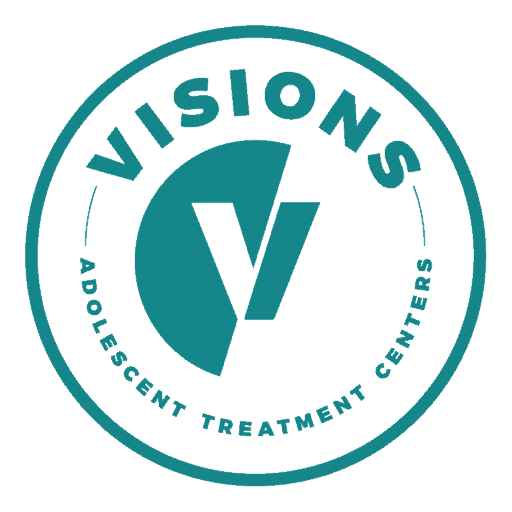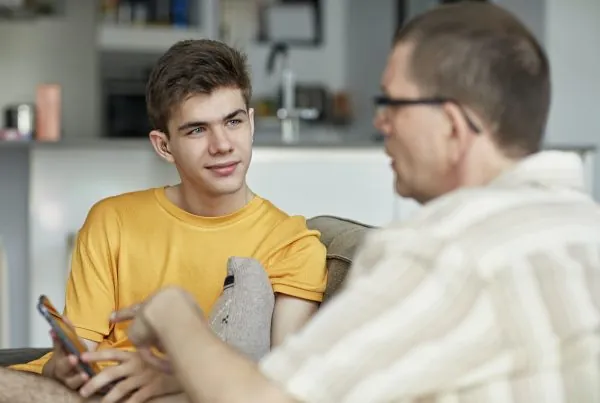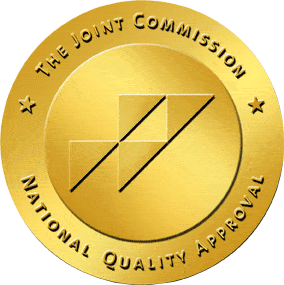Is It My Fault My Child Is Self-Harming?
It is normal for parents to feel anguished and distressed when they find out that their child is engaging in self-injury. Teen self-harm is a growing concern, and open communication between parents and children is crucial for early intervention and support. No parent can be adequately prepared to deal with their child cutting or burning themselves. The fact that children, especially teenagers, are secretive and can successfully hide that they are suffering from child depression makes it harder for a parent to come to terms with the harmful habit their child is involved in.
Shock, shame, guilt, and helplessness are common emotions for a parent whose child is suffering from depression or hurting themselves. For one, most people think that children and people hurt themselves to get attention. This kind of thinking leaves the parent wondering if they have failed to give enough time and attention to their child. This can make them feel like they are directly responsible. Girls are particularly at risk, as self-harm behaviors are more common among teenage girls.
A parent may also feel guilty and responsible for not being attentive and keen enough to catch signs earlier. This makes them more reluctant to share their problems with other parents or professionals who are better equipped to deal with the problem. Mental illness, such as anxiety and depression, as well as substance use and substance abuse, are significant risk factors for self-injury in young people.
However, parents should realize that most children who engage in self-injury are not suicidal, though they may accidentally kill themselves when inflicting injuries on themselves, especially by cutting. Self-injury does not necessarily mean that someone is miserable. Still, it does indicate a serious underlying problem, such as child depression or psychological issues and/or addiction in older children. Feeling overwhelmed can lead young people to self-injure as a way to cope with intense emotions.
Children who engage in self-injury are not usually seeking attention, as widely believed, and go to great lengths to ensure that they keep others in the dark about it. People who self-injure are often not suicidal, and non suicidal self injury (NSSI) is the term used to describe intentional self-inflicted harm without suicidal intent. The most common form of nonsuicidal self-injury is skin cutting, but other things like burning or hitting oneself are also forms of self-injury. They will usually succeed in keeping it a secret for some time, and those close to them are usually left feeling guilty that they did not discover it earlier.
A parent should not feel guilty because their child is involved in self-injury, or that they may have missed signs of child depression right under their noses. Concern and worry are natural, and expressing them with compassion is essential. Self-injury can result in medical complications, and long periods of self-harm can increase the risk of suicidal thoughts or even a suicide attempt. Therapists, doctors, and a child’s pediatrician play a key role in treating kids who self-injure, and seeking help from these professionals is essential. The critical thing to remember is that people harm themselves for various reasons, and not necessarily depression or self-hatred. It is therefore essential for a parent not to expend energy and time feeling guilty but to focus on helping their child recover. Supporting the child’s life and well-being is vital, and every person who self-injures deserves understanding and hope.
Warning Signs and Recognition
Recognizing the warning signs of self-harm is one of the most important things parents and caregivers can do to support their child’s mental health. Self-injury can take many forms, including cutting, burning, or hitting oneself, and often, teens go to great lengths to hide these behaviors. Some common warning signs include unexplained cuts, bruises, or burns, especially on the arms, legs, or torso. You might notice your child wearing long sleeves or pants even in hot weather, or avoiding situations like the locker room where their skin might be exposed. Other signs of self-harm can include withdrawing from friends and family, sudden changes in mood, or a drop in school performance.
It’s essential to approach these signs with compassion rather than judgment. If you notice any of these warning signs, consider reaching out to a mental health professional who can help assess your child’s emotional distress and develop a treatment plan. Early recognition and intervention can make a significant difference in helping your child manage painful emotions and begin the journey toward healing.
Moving Forward with Compassion
When you discover that your child is self-harming, responding with compassion is crucial. Creating a safe, non-judgmental space allows your child to express their feelings and concerns without fear of criticism or punishment. Let your child know that you are there to listen and support them, and that their feelings are valid. Avoid reacting with anger or disappointment, as this can increase feelings of shame and make it harder for your child to open up.
Remember, self-harm is often a coping mechanism for dealing with overwhelming emotional pain. Seeking professional help from a mental health professional or your child’s pediatrician is a sign of strength, not weakness. These professionals can guide you in understanding your child’s needs and developing a plan to support their mental health. By focusing on empathy and understanding, you help your child feel seen and heard, which is a vital step in their recovery.
Supporting Your Child Through Self-Harm
Supporting a child who is self-harming involves more than just addressing the physical injuries—it means helping them work through the emotional distress and painful emotions that lead to self-injury. Collaborate with a mental health professional to create a comprehensive treatment plan that may include therapy, learning new coping skills, and stress management techniques. Encourage open communication at home, letting your child know it’s okay to talk about their feelings and struggles.
Be vigilant for warning signs of suicidal behavior, such as talk of hopelessness, withdrawal from loved ones, or giving away possessions. If you suspect your child is at risk, don’t hesitate to contact a crisis lifeline or your primary care provider for immediate support. Remember, your ongoing support and willingness to seek professional help can make a significant difference in your child’s recovery and overall well-being.
Seeking Professional Help and Resources
If your child is self-harming, seeking professional help is a critical step in their recovery. A mental health professional, such as a therapist or counselor, can work with your child to address the underlying emotional distress and develop healthier coping mechanisms. Don’t hesitate to reach out to your child’s pediatrician or primary care provider for referrals to mental health specialists and resources.
There are also many resources available, including crisis lifelines, support groups, and online communities, that can offer immediate support and guidance. Early intervention is key to preventing more harm and helping your child build resilience. By seeking professional help, you show your child that they are not alone and that support is available for both them and your family.
Visions for Healing and Hope
Healing from self-harm is possible, and hope is an essential part of the journey. With the support of a mental health professional and a comprehensive treatment plan, your child can learn healthier ways to cope with emotional pain and gain control over their feelings. Focus on your child’s strengths and celebrate their progress, no matter how small. This helps them feel empowered and more confident in managing their mental health.
It’s also essential for parents and caregivers to practice self-care and seek support for themselves, as supporting a child through self-harming can be emotionally challenging. Remember, you are not alone—professional help and community resources are available to guide you and your child toward a brighter future. With compassion, understanding, and the proper support, your child can move beyond self-harm and build a life filled with hope, resilience, and meaning.
